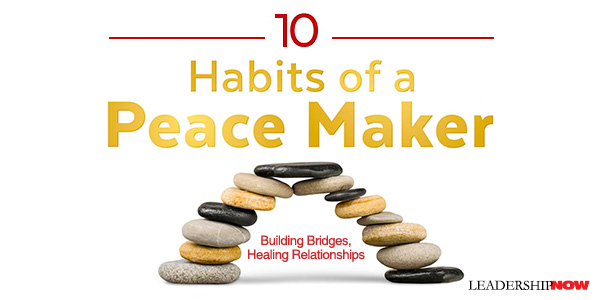
# Pause, Reflect, Decide: The Impact of Mindfulness in Daily Living
In the current high-speed and frequently overwhelming environment, we are incessantly faced with instances where spontaneous urges conflict with our core values. Be it the impulse to react with anger, the allure of succumbing to unhealthy behaviors, or the temptation to procrastinate, these instincts can frequently govern our choices if we do not take control. But what if there was a method to pause, reconsider, and make deliberate decisions that align more closely with our aspirations?
Here is where mindfulness emerges as a transformative practice. By adopting the techniques of mindfulness, we can close the divide between hasty reactions and intentional actions, enabling us to live lives infused with clarity, purpose, and genuineness.
—
## The Internal Battle: Instincts versus Intentions
Daily, we face scenarios that challenge our capacity to remain grounded and centered. A derogatory remark from another may evoke the urge to retaliate in frustration. Pressure may trigger overeating or avoidance of essential duties. Self-doubt might inhibit us from seizing valuable opportunities.
These instinctual responses can derail us from living a life true to our values. At first glance, these urges appear potent, nearly impossible to resist. Yet within us lies the possibility for another reaction—one rooted in awareness. What if we could pause, take a moment to contemplate, and make choices that resonate with our long-term objectives and inner convictions?
—
## The Pause That Transforms Everything
Mindfulness provides that essential pause—a chance to step back, breathe, and thoughtfully determine our forthcoming actions. It is not about stifling urges or fighting emotions. Rather, mindfulness permits us to acknowledge these feelings as they present themselves, fostering a moment of awareness prior to action.
### Visualize This:
You find yourself racing against a deadline, and your computer freezes. Frustration begins to rise, your muscles tense, and anger urges you to voice your irritation or give up. But instead of succumbing to this impulse, you pause. You take a deep breath, let the frustration flow through you, and identify it: “This is simply frustration.” Suddenly, it no longer has power over you.
During this mindful pause, you have the chance to select a different route. Perhaps you restart your computer, break the work into smaller, more manageable pieces, and calmly tackle the challenge.
Studies indicate that mindfulness enhances the prefrontal cortex, the area of the brain responsible for impulse control and decision-making. This mental conditioning not only prepares us to respond thoughtfully but also refines our emotional management, changing how we navigate difficult circumstances.
—
## From Impulse to Intention: Who Do You Wish to Be?
Mindfulness enables us to transition from reactive, unintentional responses to intentional, value-driven actions. It encourages us to pose the crucial question: **”Who do I aspire to be in this moment?”**
### Reflect on These Situations:
1. **A Platter of Irresistible Desserts:**
At a gathering, you feel the need to grab a dessert even though you’re not actually hungry. Instead of immediately surrendering to this urge, you pause and inquire, “Am I bored or really hungry? What do I genuinely desire at this moment?” This reflection empowers you to make a decision that respects your body’s needs and your health commitments.
2. **An Incendiary Email:**
An email lands in your inbox that makes you feel attacked or misrepresented. Your first instinct might be to send a defensive reply. However, instead, you pause, breathe, and ask, “What result do I wish to achieve from this? How can I respond in a manner that reflects the person I aim to be?” This reflective moment enables you to either respond constructively or disengage calmly, based on the context.
—
## Constructing the Bridge: Small Acts of Mindfulness
Mindfulness is not about attaining a state of constant tranquility or perfection. It revolves around sowing small seeds of awareness that grow over time, building a connection between your instincts and your intentions. Here are a few practical exercises to begin:
### 1. Breathe Into Presence
Allocate a few moments each day to center your attention on your breath. Inhale deeply, feeling the coolness of the air, and exhale completely, sensing the warmth. When your thoughts begin to drift, gently guide your focus back to your breathing. This practice not only grounds you in the present but also enhances your capacity to stay calm during challenging moments.
### 2. Engage With the Present
Take pauses throughout your day to genuinely observe your environment. The sound of raindrops, the feel of a leaf, or the warmth of sunlight on your skin can root you in the present. Engaging your senses in this manner assists in breaking free from automatic responses and nurtures a sense of appreciation and awe.
### 3. Move With Purpose
Whether you are walking, exercising, or stretching, concentrate